Pension tax relief might not sound thrilling. But here’s what it really means: you pay less tax, and get more money in your pension. And that’s exciting, especially when it ultimately means more money in your pocket later.
Not sure how your pension is set up, or whether you’re missing out?
We can help you figure it out in a free Starter Session. One conversation could save you thousands over time.

If you have a Defined Contribution pension (most pensions these days are, but do check), the way you pay into it can affect how the tax relief on your contributions are handled.
If you have a Defined Contribution pension (which most people do these days, but double check), the way you pay into it affects how tax relief is applied. Here’s a simple breakdown of the three most common methods, and how they work for basic rate (20%) and higher-rate (40%) taxpayers.
1. Salary Sacrifice
- How it works:
Your pension contribution is taken directly from your salary before any tax or National Insurance is deducted. This means you automatically save on both. - Example:
- Contribution Goal: £100
- For Everyone:
You “sacrifice” £100 of your salary. Your taxable income is reduced by £100, so you benefit from the tax and NI savings without needing to do anything extra.
To help visualise this, let’s imagine your salary is your favourite pie. With salary sacrifice, you slice off a portion of that pie to save for later (in a pension) before anyone else takes their share (tax or National Insurance). This means you save more of your pie for yourself later.
2. Net Pay Arrangement
- How it works:
Your pension contribution is taken from your salary before tax (but after National Insurance) is deducted. This lowers your taxable income, and the tax relief is applied automatically. - Example:
- Contribution Goal: £100
- Basic Rate Taxpayer (20%):
You contribute £100 from your salary. Because you’re taxed at 20%, the cost effectively feels like £80 after tax relief. - Higher Rate Taxpayer (40%):
You also contribute £100, but with 40% tax relief, your effective cost is even lower compared to a basic rate taxpayer.
It might help to think of it like using a store discount that automatically reduces the price of an item at checkout – like using your Nectar card at Sainsbury’s. The discount (tax relief) kicks in as soon as you’re about to pay, so your overall bill is lower.
3. Relief at Source
- How it works:
You pay your pension contribution from your take-home (net) pay. Then, your pension provider adds basic rate tax relief (20%) on your behalf.
If you pay a higher or additional rate of tax, you’ll need to claim the extra relief later through contacting HMRC. It’s important to do this as your pension provider won’t do it for you. - Example:
- Contribution Goal: To end up with a £100 contribution into your pension pot.
- Basic Rate Taxpayer:
You earn £100 and get taxed 20% leaving you with £80. You then pay the £80 from your net income into the pension. Your provider adds £20 in tax relief, so you get £100 in total. - Higher Rate Taxpayer: As a higher rate taxpayer, although you initially contribute £80 from your net income, after claiming the extra relief you end up effectively paying only £60 per £100 contributed to your pension. Here’s how it works:
- Initial Payment: You want to contribute a gross amount of £100 to your pension. Under relief at source, you pay from your net income. To make a gross contribution of £100, you’d pay £80 (because 20% tax relief is added automatically to make £100).
- Automatic Tax Relief: With a relief at source arrangement, your pension provider automatically claims 20% tax relief for you. So, you pay £80 from your net pay, and the provider adds £20, giving you a total of £100 in your pension pot.
- Additional Relief for Higher Rate Taxpayers: Since you pay tax at 40%, you’re actually entitled to an extra 20% relief on that gross contribution. For a £100 contribution, that additional relief equals £20.
- Claiming the Extra Relief: This extra £20 doesn’t come automatically. You must claim it through your self-assessment tax return or HMRC’s online tool.
- Effective Cost: Once you claim the extra £20, your effective cost is £60 (£80, what you initially paid, minus £20, the extra tax relief) to make a £100 gross contribution.
Did you know that an estimated £830m each year isn’t claimed in tax relief? If you fall into the higher or additional rate, this could be you!
If you’ve not claimed higher rate tax relief for previous years, you can claim a refund if it relates to the last four tax years.
Make the most of your pension
Tax relief is one of the biggest benefits of paying into a pension — but only if it’s set up correctly for your situation. If you’re unsure how yours works, or whether you’re missing out on valuable relief, Book a free Starter Session with one of our experts. We’ll help you get clarity and confidence with your pension, so your future gets the full value it deserves.
